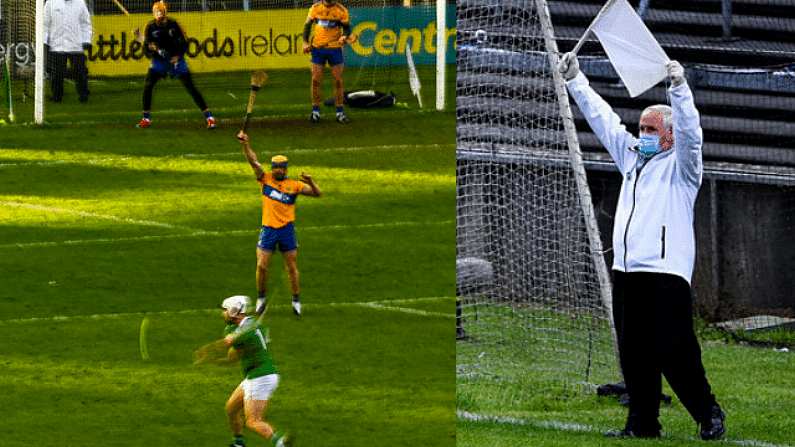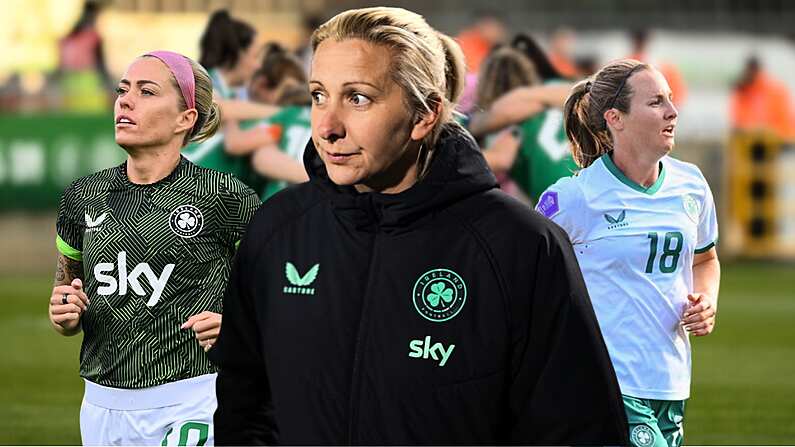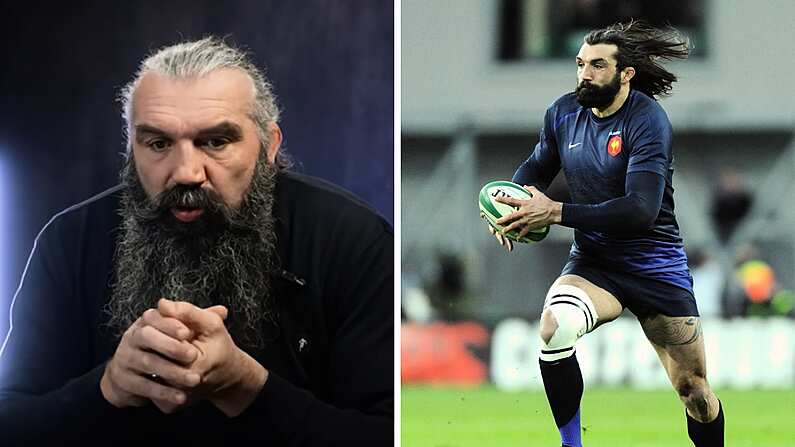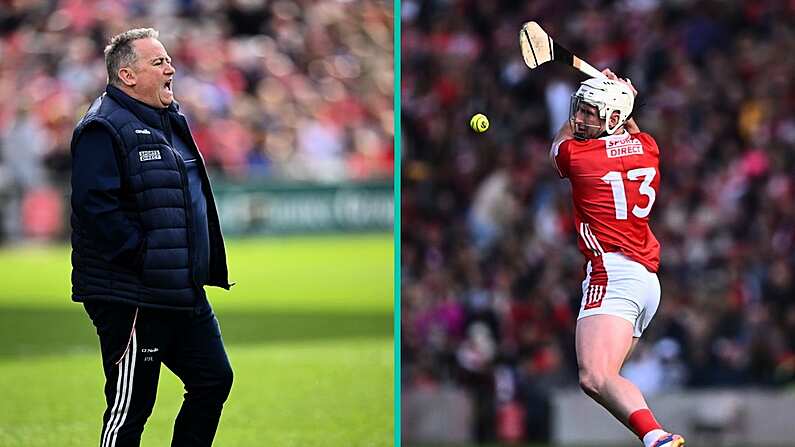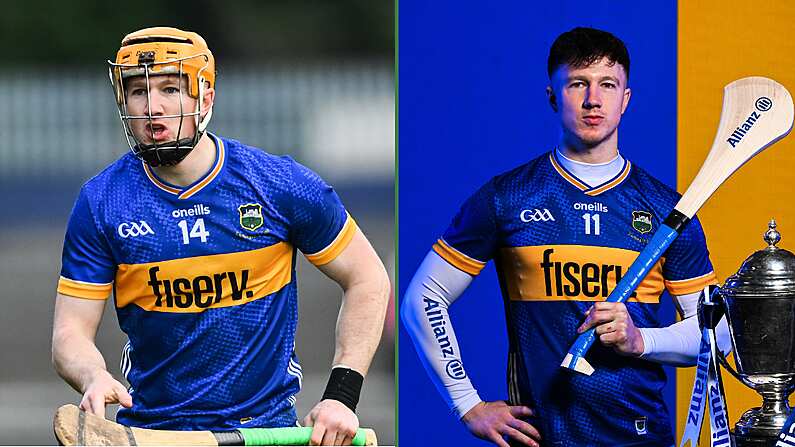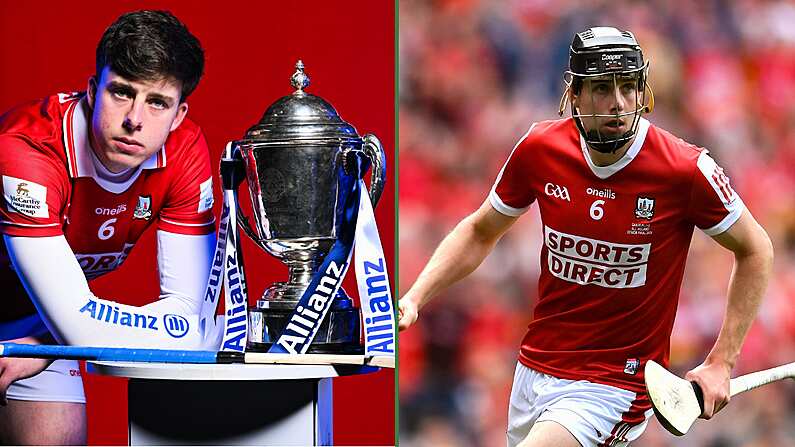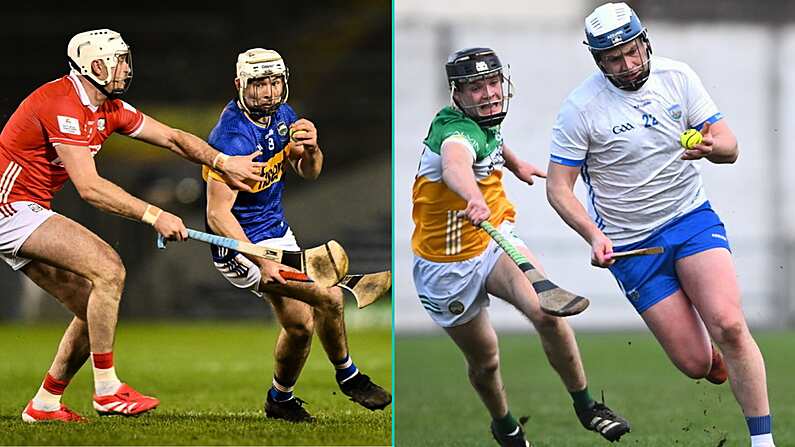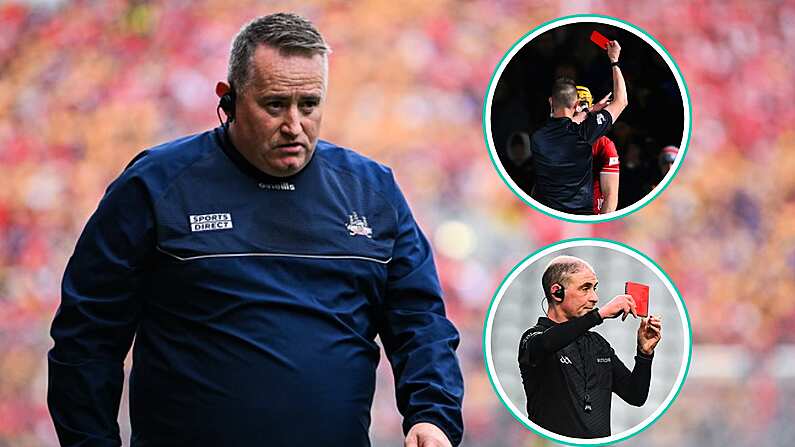The welcome return of the hurling championship last weekend brought with it many positives. For one, we witnessed resurgence of Dublin on Saturday night and the incredible performance of Donal Burke, who notched 1-14 on the night. On Sunday in Thurles, we saw a masterclass by Clare's Tony Kelly, and we were treated to a second half performance by Limerick that laid down a marker for the whole season.
Yes, the crowds were missing and it all felt a bit different, but somehow, someway, we have a Championship and we're underway.
By the end Limerick's second half procession though, many were questioning the entertainment on display, and not because of the lack of an atmosphere in Semple Stadium.
High scoring can be as boring as low scoring.
— Kieran Cunningham (@KCsixtyseven) October 25, 2020
Has hurling become too high scoring? Those who've long played the boring and futile comparison game between the GAA's two main codes would often point to the high scoring in hurling as a positive compared to football, but a consensus that has been coming for a while seemed to be reached on Sunday. Has it gone too far?
Limerick and Clare notched 60 scores between them in 70 minutes of hurling on Sunday. The night before, Dublin and Laois hit 56. It appears that every possession won these days will have a better than 50/50 chance of resulting in a score.
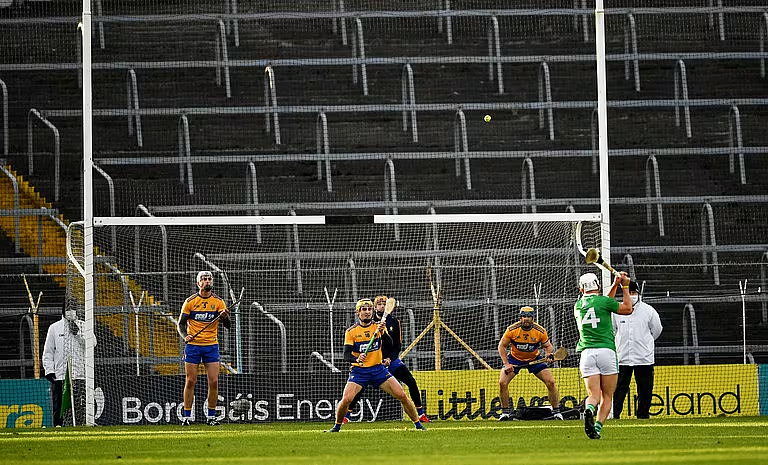
But how different is to the way the game was? Taking the Limerick Clare example, the 60 scores was more than any two teams have ever managed in the Munster Championship. Not since Cork's 31 point trouncing of Waterford in the Munster final of 1982 had a team amassed 36 scores, as Limerick managed on Sunday.
But was it a one off? We've had an in depth look at every Munster Championship this century to find out what the trends in scoring have been. We chose Munster because of the notorious competitiveness of the province and the likelihood of less one-sided affairs that could produce one off big scores. While imperfect without the data from Leinster, we believe the sample size is big enough to show a true trend in intercounty hurling as a whole.
Munster Senior Hurling Championship - Scores Per Game Since 2000
2000: 34.8 (Goals per game: 2.2)
Cork's 2-32 against Kerry would suggest an outlier, but Kerry only responding with 0-4 on the day somewhat negates that. Nevertheless, no team would again get 30 scores in a game until Tipperary scored 2-28 in 2019, and no team would manage 30 points again until Tipperary scored 2-30 the following week in 2019.
2001: 32.25 (Goals per game: 2.75)
2002: 35.5 (Goals per game: 3)
2003: 32.8 (Goals per game: 3.5)
2004: 33.4 (Goals per game: 4.6)
2005: 34 (Goals per game: 2.8)
2006: 32.75 (Goals per game: 2.25)
2007: 38.66 (Goals per game: 3.5)
The two Extra-Time games in the Limerick/Tipperary trilogy of 2007 explains the sudden increase this year. Their 2-21 to 1-24 first replay had 48 scores, the highest of the century until that point, even if it did have 20 extra minutes.
2008: 40 (Goals per game: 2.75)
2008 sees an average of 40 scores per game for the first time. It also marks the first 50 score game of the century when Clare beat Waterford by 2-26 to 0-23, the game that marked the end for Justin McCarthy at the Déise.
2009: 36.6 (Goals per game: 2.4)
2010: 33.6 (Goals per game: 2.4)
2011: 42.75 (Goals per game: 5.25)
Tipperary's insane goal blitz over three games, including seven in the Munster final, makes the sharp rise in 2011 all the more noteworthy.
2012: 40.5 (Goals per game: 2.75)
2013: 37.5 (Goals per game: 1.25)
2014: 43.8(Goals per game: 2.4)
The highest year so far also saw a Munster final feature 50 scores for the first time.
2015: 40.5 (Goals per game: 3)
2016: 35.75 (Goals per game: 2.5)
2016, with a small sample size of only four games, is significantly the lowest of the period, but interestingly for such a low scoring year in which no game had more than 40 scores, it still has a higher average than any of the first seven years of the century.
2017: 45 (Goals per game: 2.75)
The 56 scores in Cork's first round win over Tipperary was the most scored in the Munster Championship until last Sunday. By this stage, games with under 35 scores were becoming a rare exception, rather than the norm just a few years before.
2018: 46.27 (Goals per game: 2.72)
The first year of the Munster Championship round robin continued the increase in scoring to go with the bigger sample size of 11 games. For the first time, no games had less than 40 scores.
2019: 45.27 (Goals per game: 2.45)
Last year's Championship didn't prove to be as competitive as 2018, resulting in some low scoring performances from Waterford and Clare. Despite this, the average only dropped by one score per game, showing the trend of high scores was actually accelerating.
Tipp became the first team to notch 30 scores since Cork against Kerry in 2000 when they scored 2-28 against Cork. A week later, they broke the 30 point barrier for the first time in 19 years when they scored 2-30 against Waterford. A couple of weeks later, we saw that the dam has been well and truly broken when Cork also managed 2-30 in their game with Waterford.
2020: ?
At the moment, who knows? We've only seen one game. All we know is we had never seen 60 scores in a game before. No team since the Cork 1982 Munster Champions had scored 36 times in a game.
If you include the Leinster Championship game on Saturday night, we've seen two games with an average of 58 scores so far in 2020.
As of last year, scoring in the Munster Championship was over 10 scores a game more than at the start of the century. The amount of goals per game has remained relatively steady despite a large increase in the mid 2000s. The ease at which teams are scoring points has changed massively. Is this a problem for the game? Is there a solution for defenders and coaches? Only time will tell. For now though, it's undeniable that it's happening and the scores and getting higher and higher.


